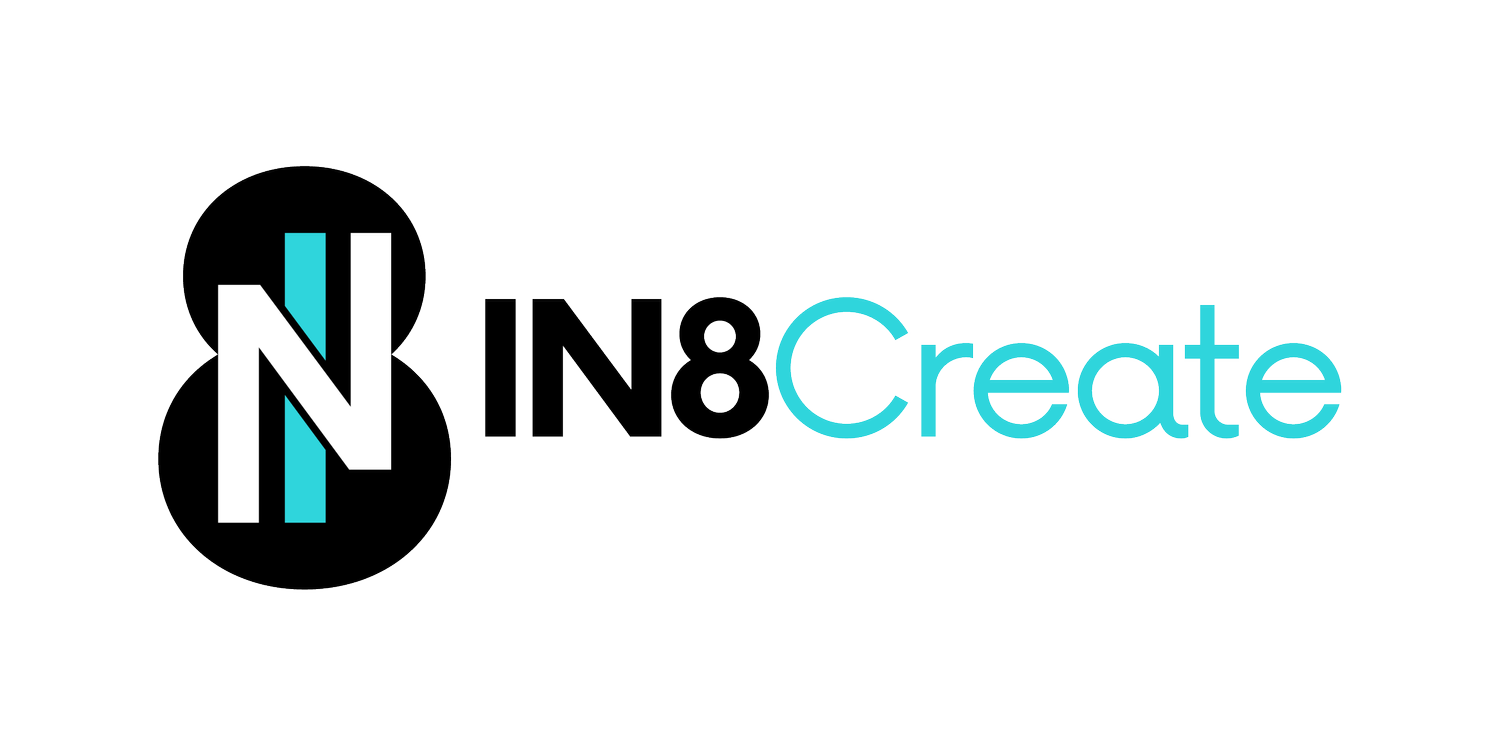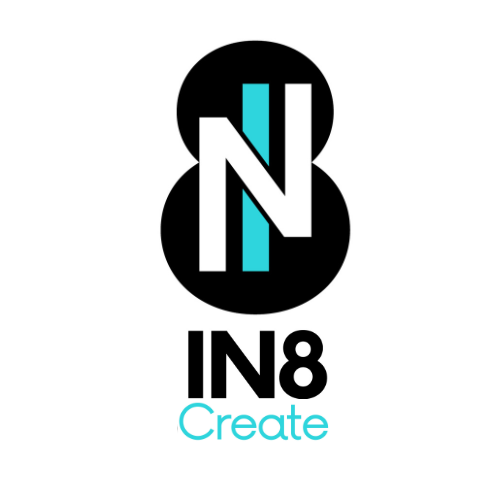How Does Your Team Work Together?
Veggie Platter or a Well-Blended Stew?
Is Your Team a Veggie Platter or a Well-Blended Stew?
In the world of team management, understanding the nature of your team's dynamics is crucial. Not all teams work together in the same way, and recognizing these differences can significantly impact leadership strategies, goal-setting, and overall team design.
The Veggie Platter Team
Each item is distinct, tasty, and serves its purpose, but they don't necessarily interact or depend on each other.
Independent Contributors: Team members work on related projects but operate largely autonomously.
Clear Boundaries: Responsibilities are well-defined.
Limited Synergy: While the team's output may be impressive, there's little compounding effect from collaboration.
Specialized Expertise: Each "veggie" brings a unique skill or perspective, but they remain separate.
The Well-Blended Stew Team
Now, picture a savory stew where flavors meld together to create something greater than the sum of its parts.
Interdependent Contributions: Each team member's work directly impacts and enhances others' performance.
Fluid Boundaries: Responsibilities often overlap, promoting collaboration and knowledge sharing.
Strong Synergy: The team's collective output exceeds what individuals could achieve separately.
Cultural Fusion: Individual strengths and personalities blend to create a unique team "flavor" or culture.
Why It Matters
Understanding your team's dynamic is crucial for:
Leadership Approach: Veggie platter teams may require more individual coaching, while stew teams need facilitation of group dynamics.
Goal Setting: Objectives for veggie platter teams might be more individualized, whereas stew teams benefit from shared, overarching goals.
Performance Evaluation: How do you measure success when contributions are tightly interwoven vs. clearly delineated?
Team Building: Activities and structures that work for one type may be ineffective or counterproductive for the other.
Innovation and Problem-Solving: Stew teams might excel at complex, multifaceted challenges, while veggie platter teams could be more efficient for parallel problem-solving.
Questions to Ponder…
Which type best describes your current team?
Is this the most effective structure for your team's objectives?
How might you adjust your management style to better suit your team's dynamic?
Are there times when you need your team to shift between these two models?
Remember, neither model is inherently superior. The key is recognizing your team's current state and intentionally shaping it to best meet your organization's needs and goals.
What kind of team are you leading or part of? A veggie platter, a stew, or something in between?
Need help? We can do this in a safe and easy way using LEGO Serious Play. Contact us today for a free quote/consultation, let’s build something amazing for your team!
Understanding the complexity of team communication is half the battle. Solving it is the other half. Let us help your team navigate these complexities with our LEGO-based sessions on communication, collaboration, and connection. Contact us today to learn more and see how we can transform your team's communication dynamics. Let's build a better team together!
We have facilitators in New York, San Francisco, Las Vegas, Los Angeles, Tampa Bay, Chicago, San Diego, Dallas, and more.
#teambuilding #teamdevelopment #teamperformance



